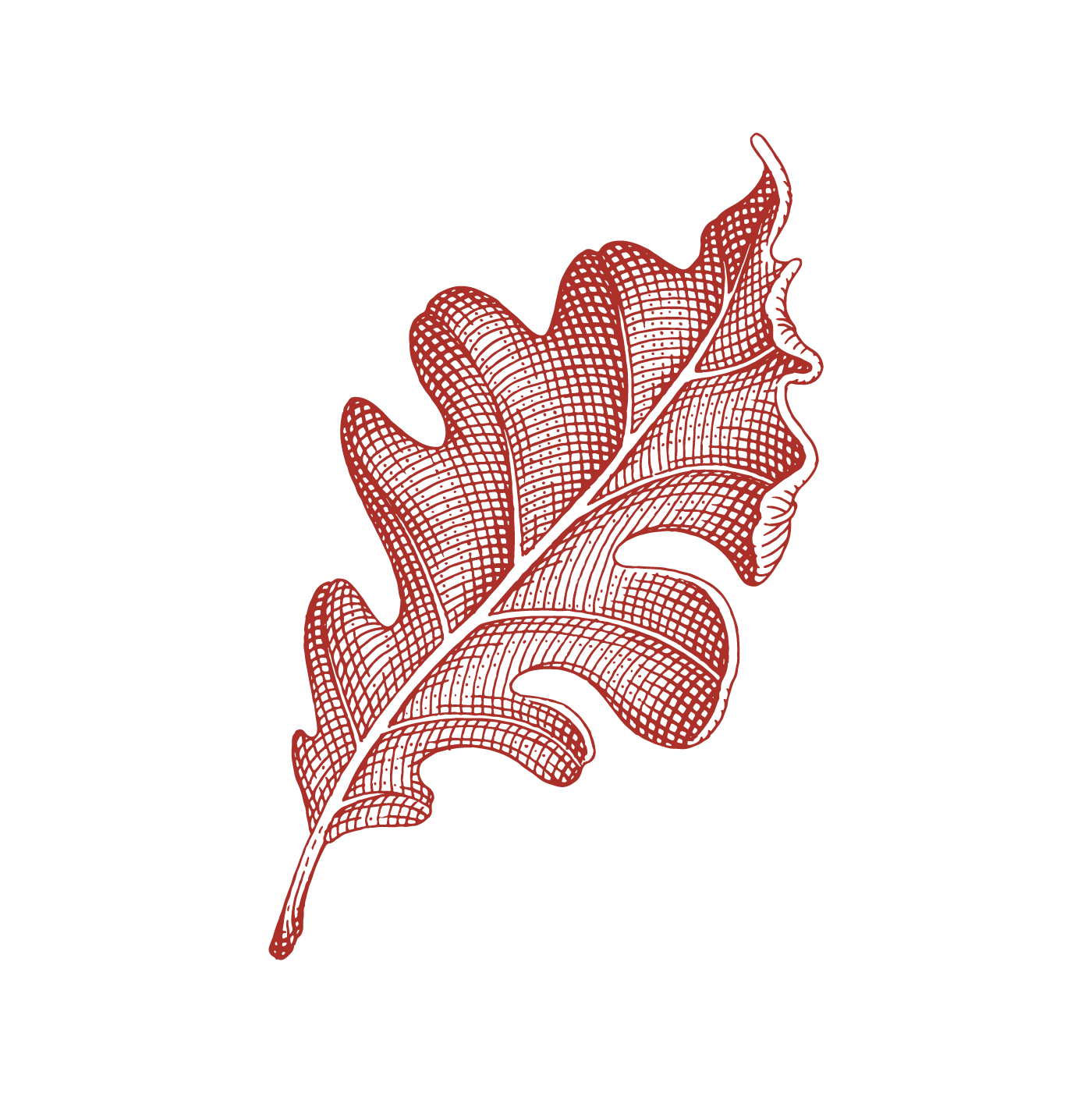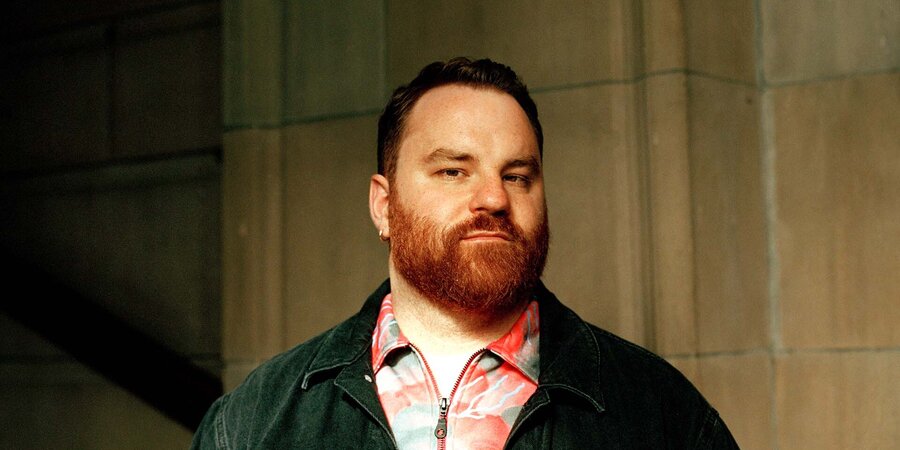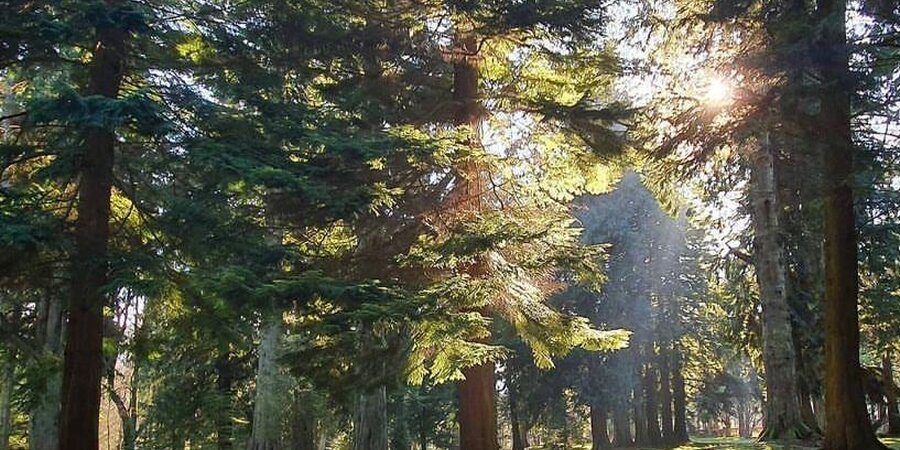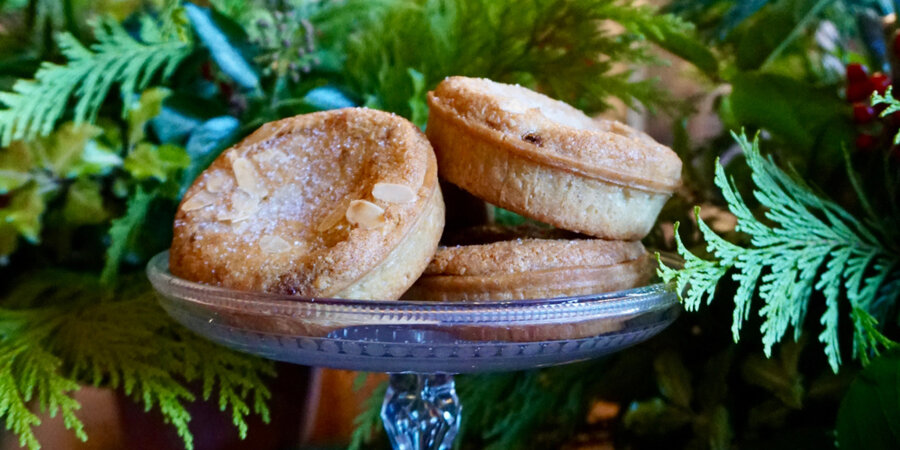The Marble Hall
Soaring to a height of eighty feet the Marble Hall - constructed from rare Italian and Sicilian marbles - forms what Gavin Stamp has called ‘the dark and mysterious heart of Mount Stuart’. A key inspiration was the magnificent Aachen Cathedral which had captivated the 3rd Marquess of Bute on his first visit, aged seven, in 1855: ‘In the Nave’, he recorded in his journal, ‘are three rows of arches one above the other, with marble pillars’. The glory of the Hall is its expression of Bute’s interest in astronomy and astrology: H W Lonsdale’s richly coloured stained glass symbolise the signs of the zodiac and the huge vaulted ceiling is replete with ‘the stars in their courses’ and spectral figures each representative of ‘the constellations of the Ecliptic’.
~
In later life Bute became increasingly interested in psychical studies. A fellow practitioner, F W H Myers, commented that Bute’s ‘yearning for communion with the invisible’ was reflected in ‘that vaster, strange-illumined vault of Mountstuart’s central hall. Hardly had such a sight been seen since Hephaestus wrought in flaming gold the Signs of Heaven, and zoned the Shield of Achilles with the firmament and the sea.’ More prosaic is the recounting of a visit to Mount Stuart by David Hunter Blair in 1897: ‘Was there ever such a hall for hide-and-seek?’ The adornment of the interior of Mount Stuart moved slowly. In 1884 the hall was structurally complete but work on decorative features was still in progress some sixteen years later when it largely came to a premature halt with Lord Bute’s death. Thus ornately carved capitals stand beside others which are blank, silently awaiting the hand of a carver. In 1901 the twelve zodiac inspired Cararra marble figures, which had been commissioned by Bute from Italy, were fixed into place. The figures arrived after Bute’s death and only he knew where each figure was to be placed. A ‘best guess’ was made in placing the figures.
~
The ceiling stars and windows were designed together, however, there was a problem with the design – the perfect star map reads backwards. There are two possible explanations for this:
the original intention was to allow the magnificent star map to be reflected in a mirror either on the floor or a table, and there are indications that this might just be so. It is usual in Bute buildings for sustained games to be played with a theme. In the case of Mount Stuart there are not only the mirror-glass stars, but also large mirrors set in each arch behind the corridor, creating ever-retreating images and illusions. It would have been very like Bute to have continued the mirror theme with a mirror table, centrally in the Hall, which would have allowed an easy view of the magnificent ceiling, and created a perfect (because a mirror reverses an image) star map. Such a mirror would have imitated the central pool, the impluvium, of the Roman atrium upon which the great hall is loosely based.
The other possibility is that a mistake was made. Lonsdale did not understand that the zodiac in the sky ‘reads’ from right to left. Because each year we experience the zodiac in the opposite order, which we would write on a page as the familiar order Aries, Taurus, Gemini, etc. he therefore created his zodiac to read from left to right, and the mistake would only be discovered after the windows had been created. It would have been impossible to reverse them, so the only thing to be done was to put in the sky in an equally reversed manner. There is only one clue as to the process – in September 1890, Bute, who was staying in London, recorded that he met ‘Mr. Lonsdale abt. the Mt Stuart windows. Determined to put Cancer in the south instead of Capricorn.’
Tapestries
A pair of Scottish George V tapestries, commissioned by John Crichton-Stuart, 4th Marquess of Bute, and designed by William Skeoch Cumming, were woven at Dovecot Studio, Edinburgh, entitled The Lord of the Hunt (1912-1924) and The Time of the Meeting (1933 – 1938).
The two great tapestries which adorn the walls of the Marble Hall were produced by the Dovecot Studio in Corstorphine, Edinburgh, which was established by the 4th Marquess of Bute in 1912. These were both designed by William Skeoch Cumming (the finished tapestry contains a sprig of hawthorn - Skeoch being hawthorn in Gaelic).
Tapestries are woven in wools and silks and metal thread, the borders woven with trailing fruiting foliage and with the Bute cipher (a series of uncombined initials) with thistles to the angles, the blue outer border with weavers mark - mark of the Director of weaving [W.G. Thomson], the other with confronting bees beneath a coronet in the selvedge and A with arrow, of David Anderson, Master of Weaving, with initials of weavers RC.RG.GC.JL.
Lord of the Hunt
This is the first tapestry to be produced by the Dovecot and depicts a hunting scene in the Scottish Highlands and is entitled ‘The Lord of the Hunt’. Begun in 1912 work was halted during the First World War. The two master weavers, John Glassbrook and Gordon Berry, were both killed in the war. When their apprentices resumed work on the tapestry in 1919 their initials and dates of death were woven into the lower border (note also the weaver’s bobbin and shears symbolically cutting the thread of life). This tapestry was eventually completed in 1928 and officially unveiled here by Lady Jean Crichton-Stuart, a daughter of the 4th Marquess, on the eve of her wedding to James Bertie which took place in the Marble Chapel in that year.
The tapestry was carefully researched and contains a wealth of detail from a little mouse to the dead stag lain in front of the Lord of the Hunt himself mounted on a dun coloured garron. In the border interspersed with fruit and foliage, are more than one hundred varieties of native birds. Woven in the top border with silk and gold are the Bute arms topped with Lord Bute’s coronet. The staff of the Dovecot served as models for the characters and many of the figures share the same face!
Time of the Meeting
‘The Time of the Meeting’ was begun in 1933 and completed in 1938. Although designed for this location it was only hung here as intended in the early 1990s. The tapestry depicts a Highland Games, based on an actual games which took place in Glengarry and all the events you see here are based on an eyewitness account: ‘The games were the usual sort now common, dancing, piping, lifting a heavy stone...and running from the island of Invergarry and back, six miles...One feat which I never saw since, was twisting the four legs from a cow, for which a fat sheep was offered as a prize. The cow was brought in and felled before the multitude, and the barbarous competition began...At last one man succeeded. After struggling for about an hour he managed to twist off the four legs, and as a reward received his sheep, with a eulogistic speech from the Chief in Gaelic.’
When first displayed for public view in the Royal Museum, Edinburgh, one enthusiastic member of the public felt moved to praise it in the letter pages of The Scotsman: ‘The Bute tapestry is, in my opinion, the greatest art production that has been achieved in Europe since Michaelangelo did the roof of the Sistine Chapel.’ The weavers – whose initials are in the bottom left hand section - were Ronald Cruickshank, Richard Gordon, George Cribbes and John Louttit. The Director of Weaving was David Lyndsay Anderson who also modelled for some of the figures.




